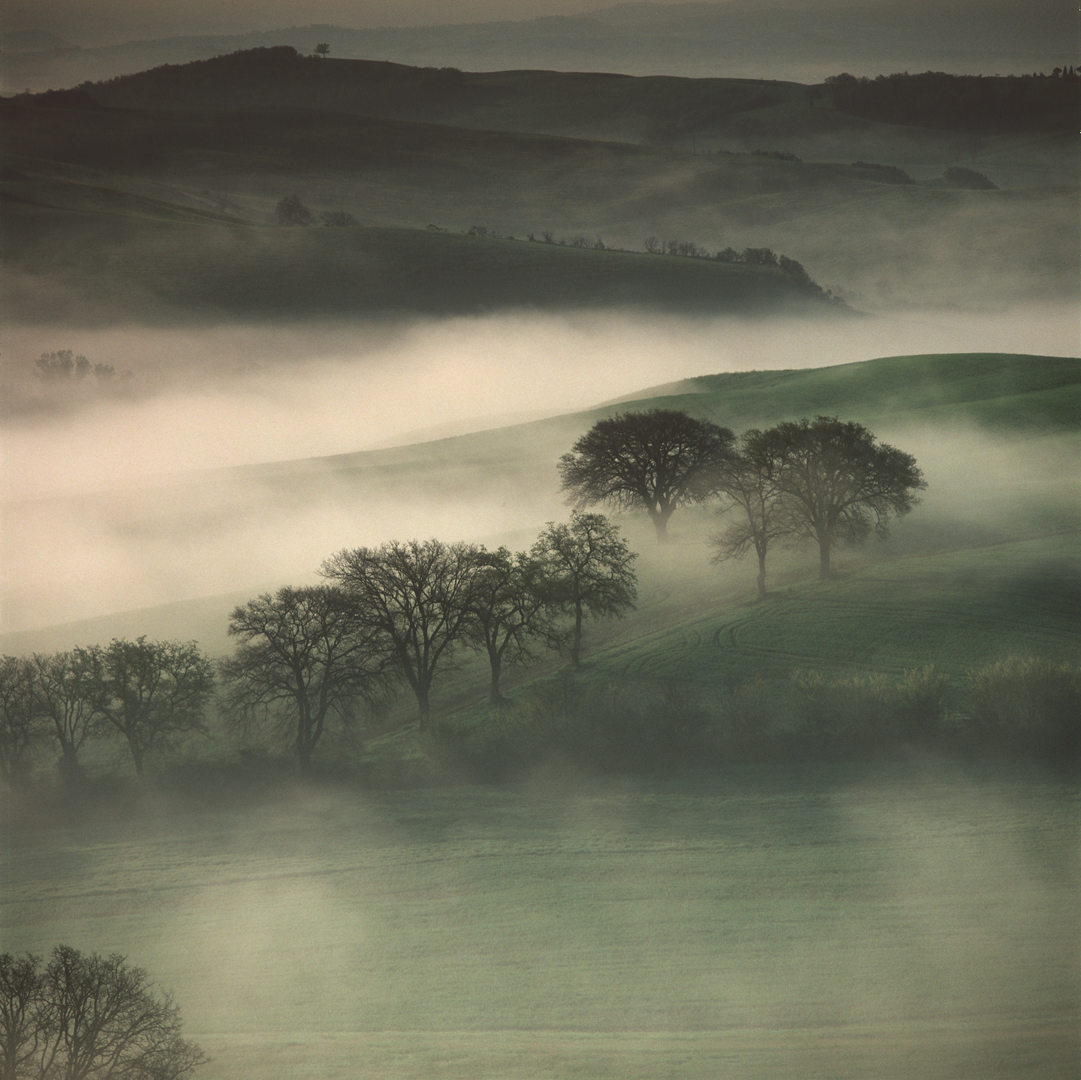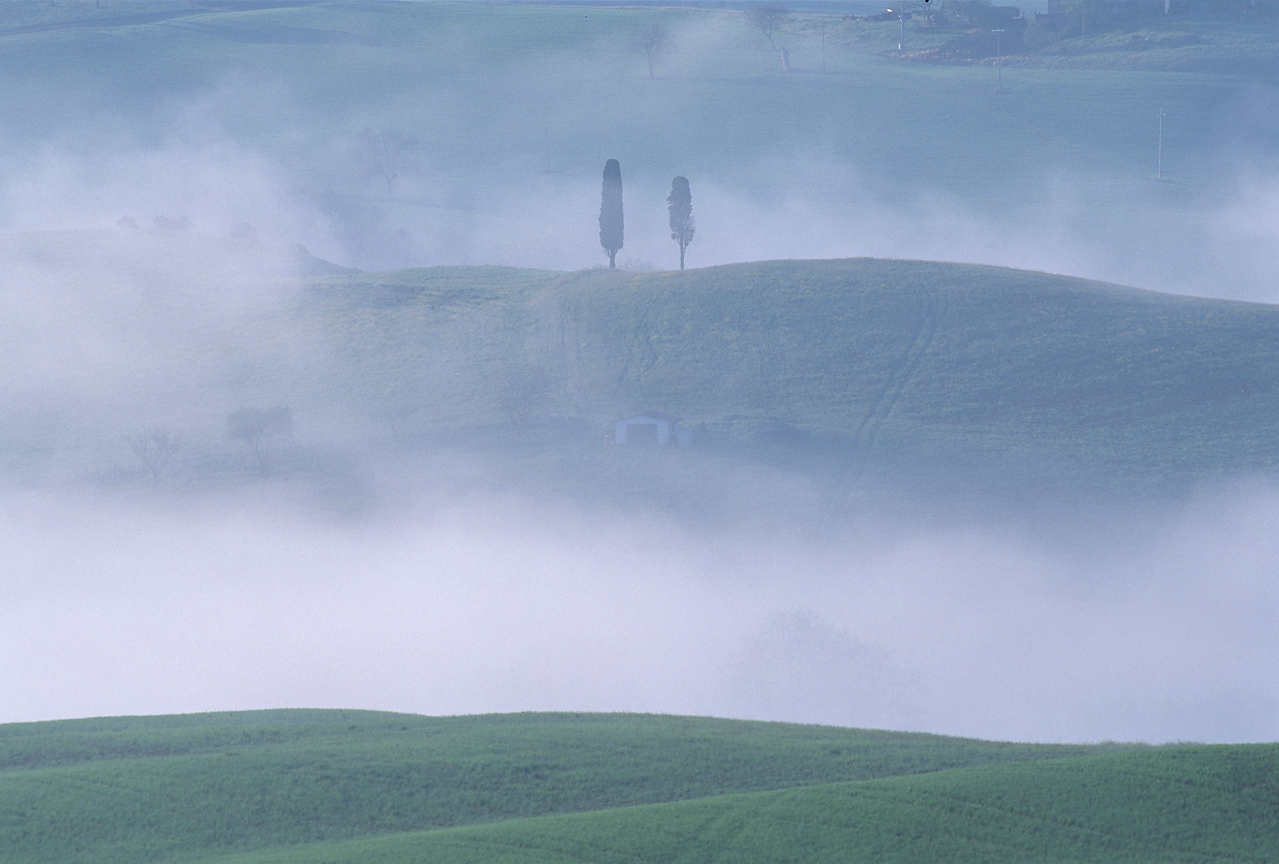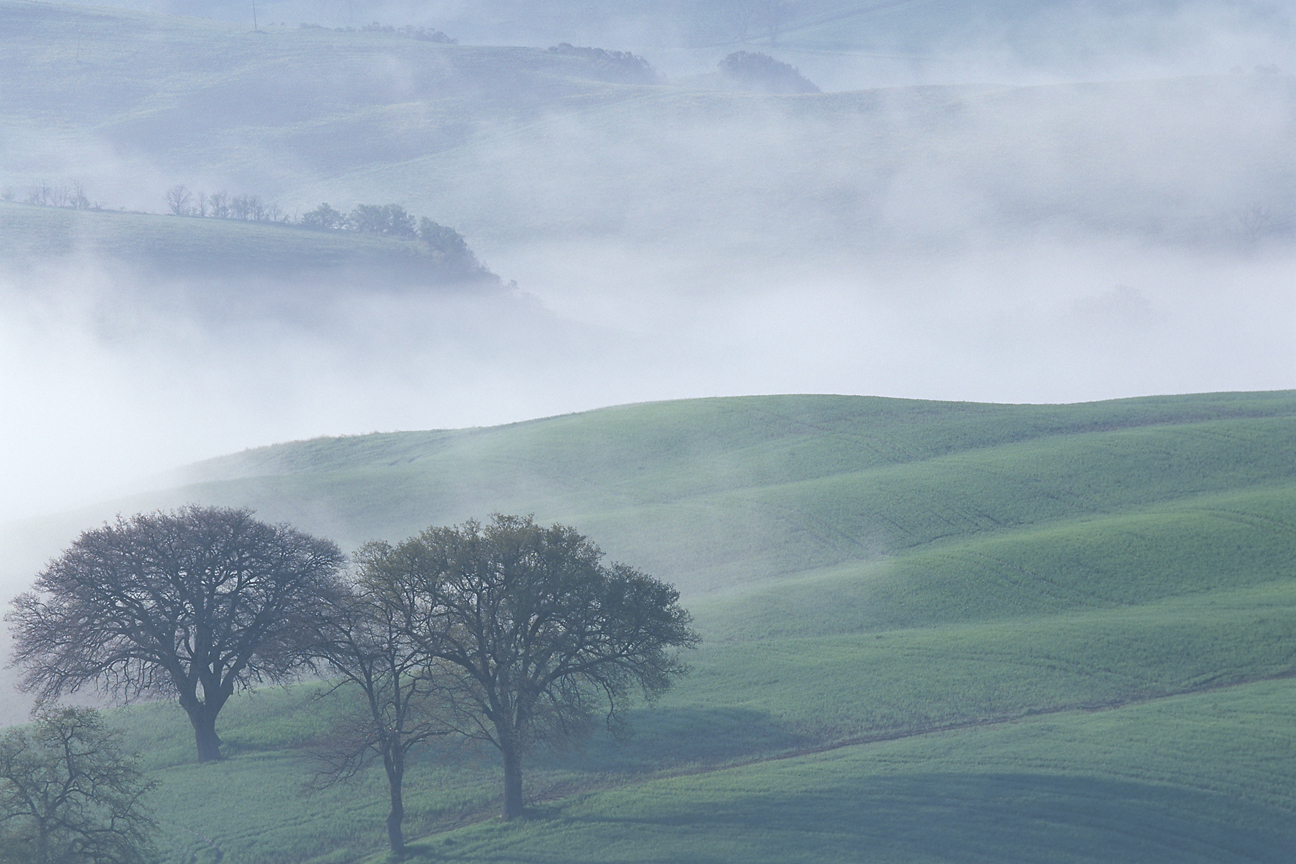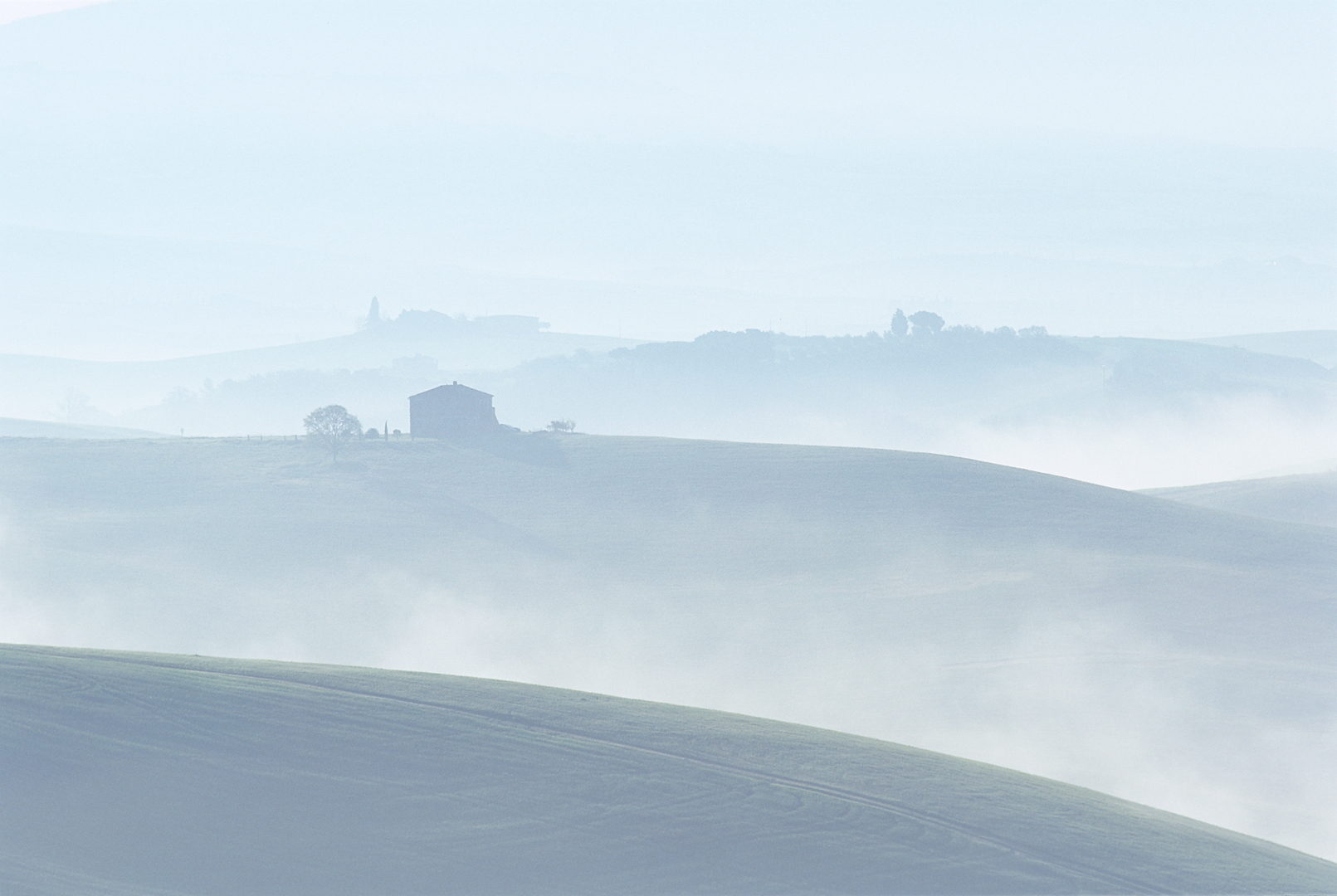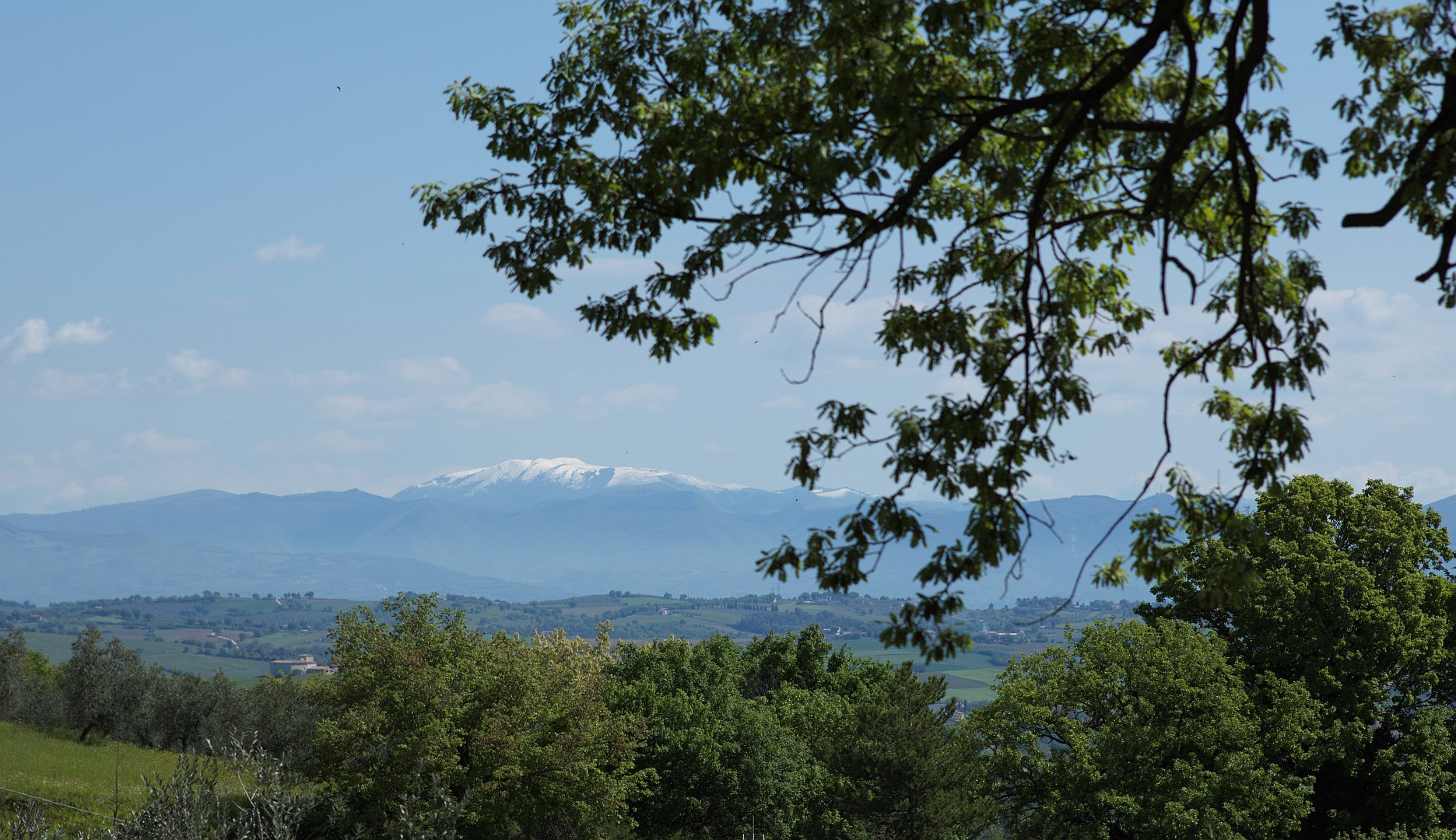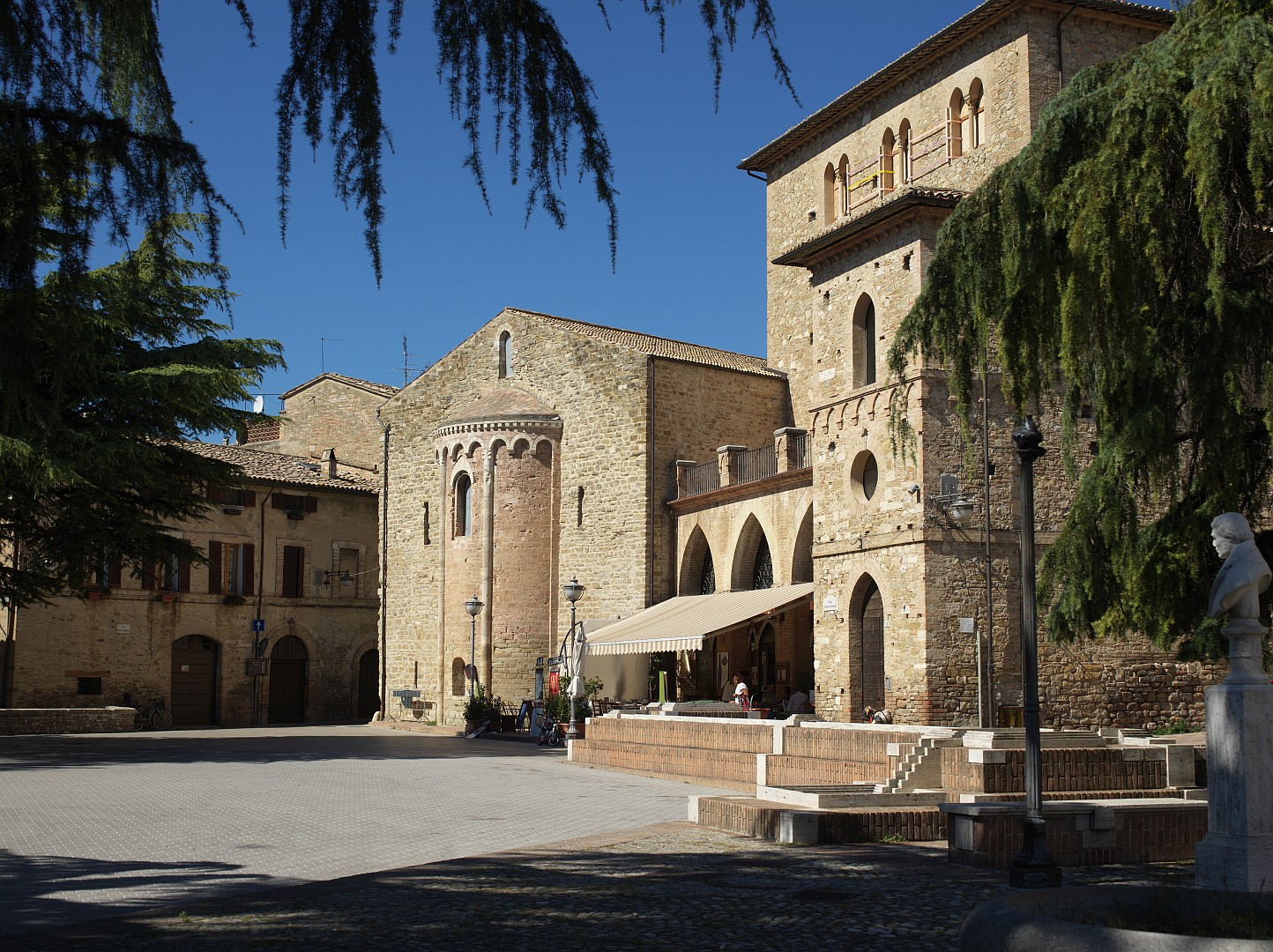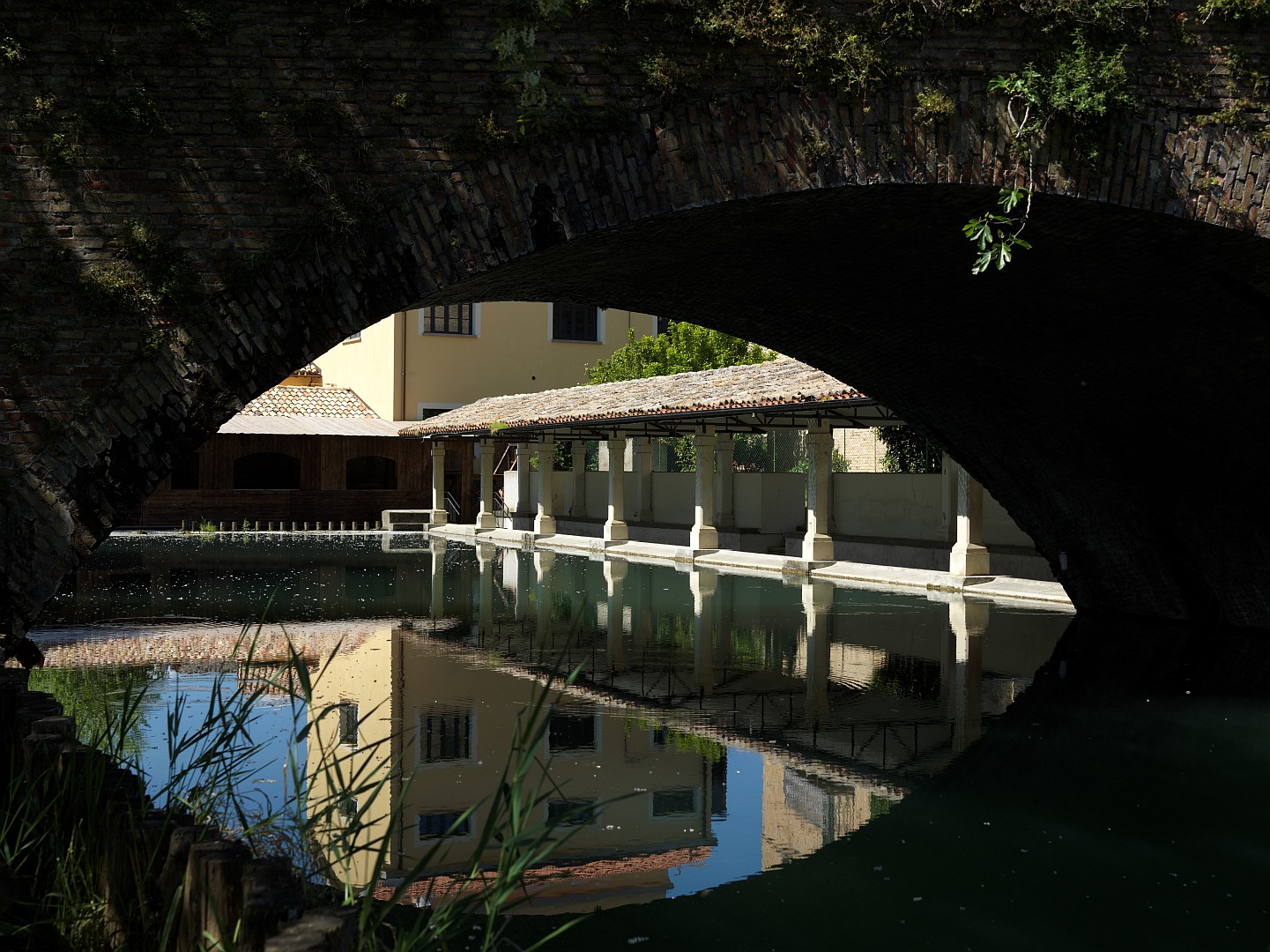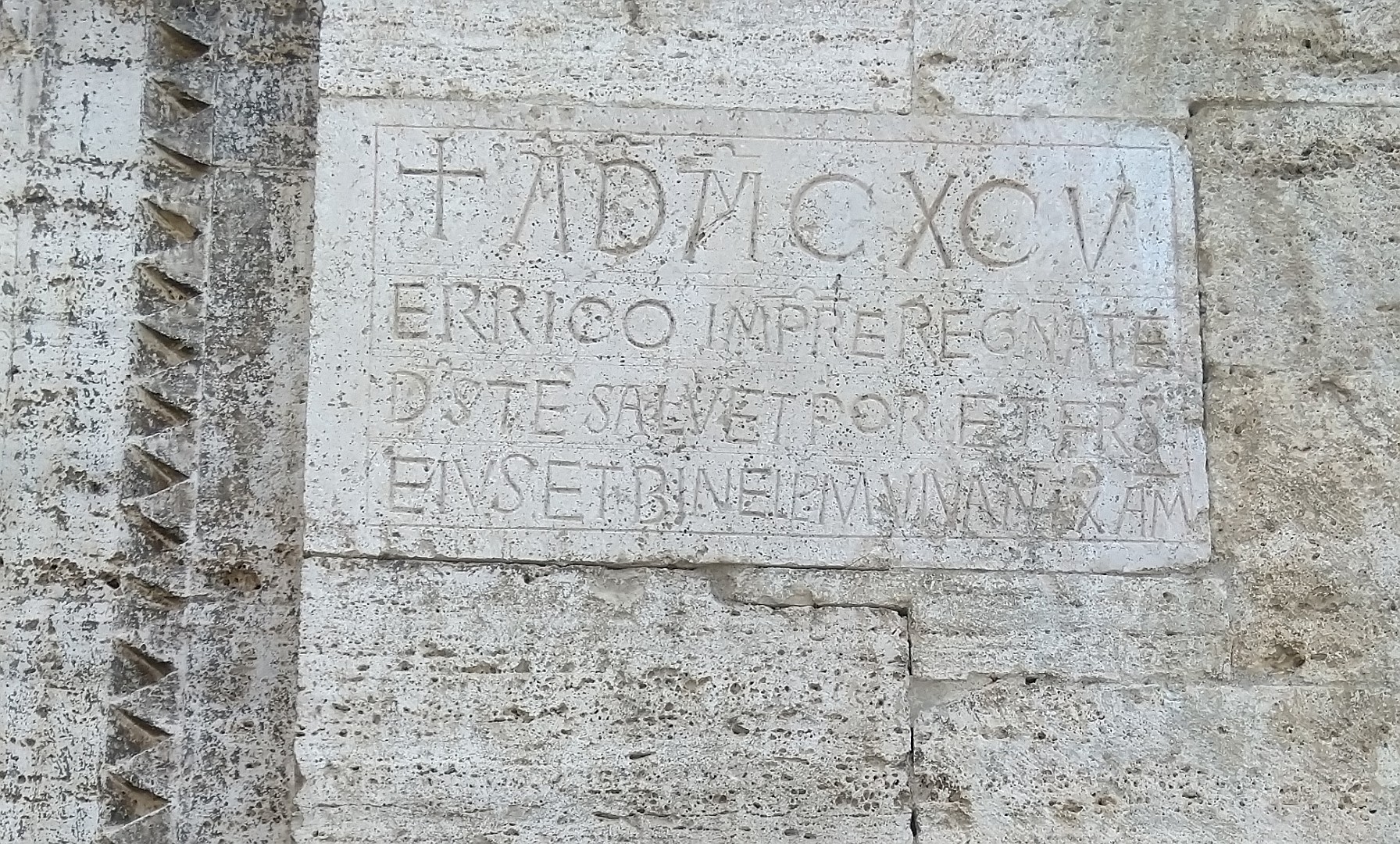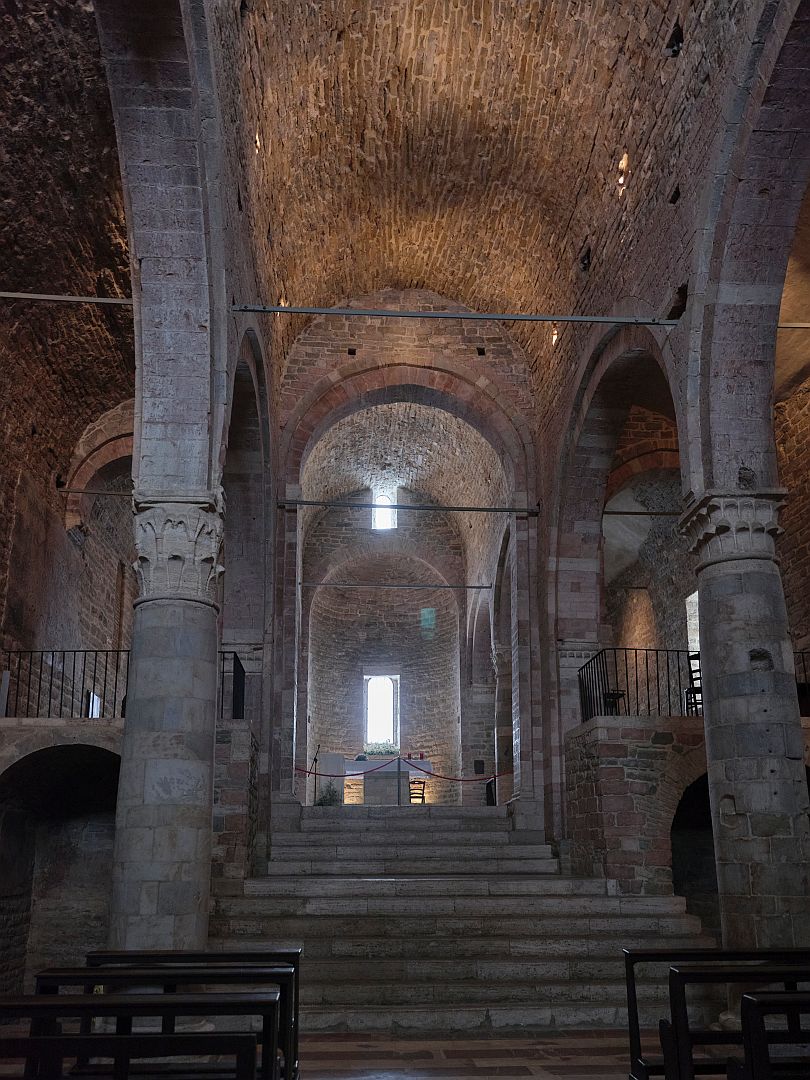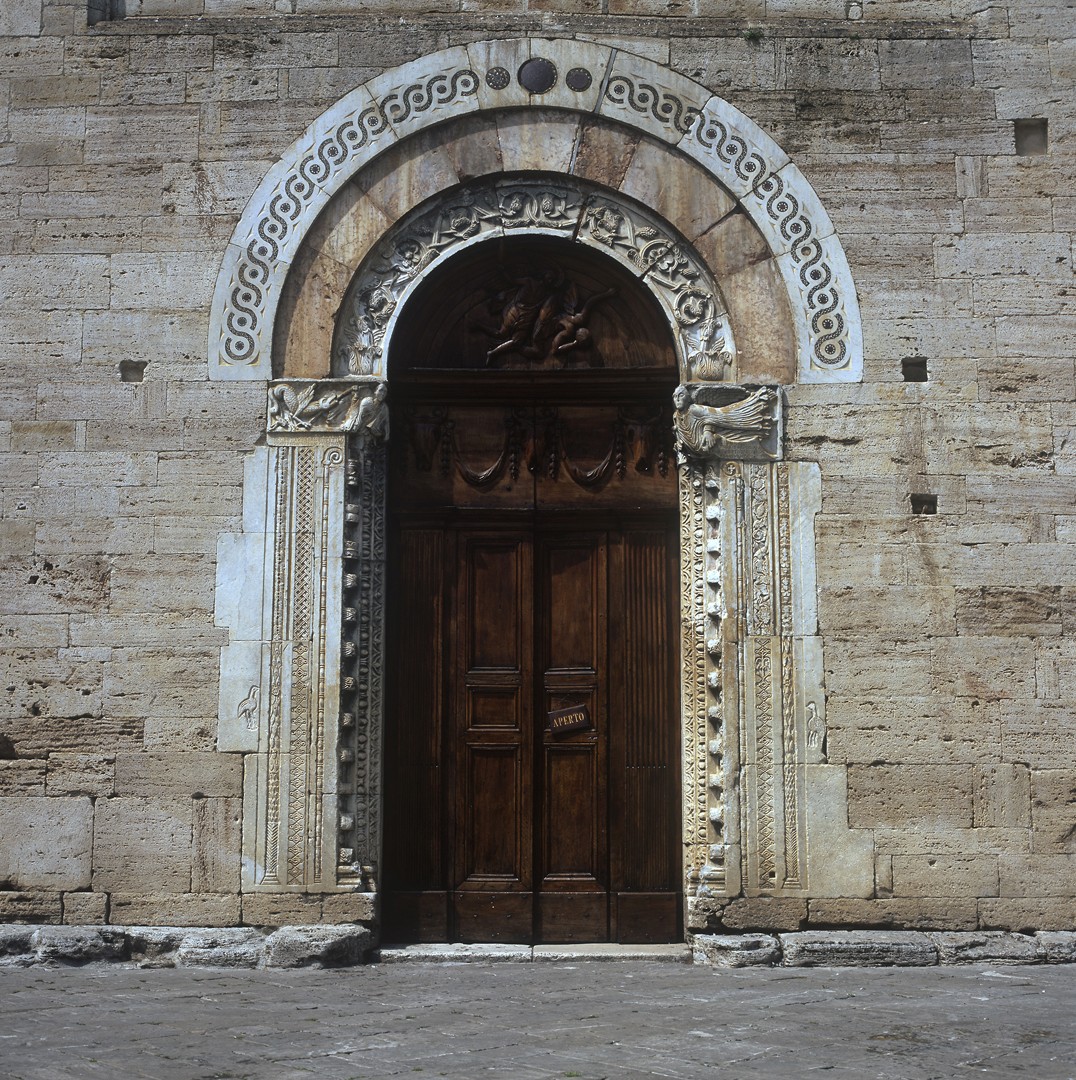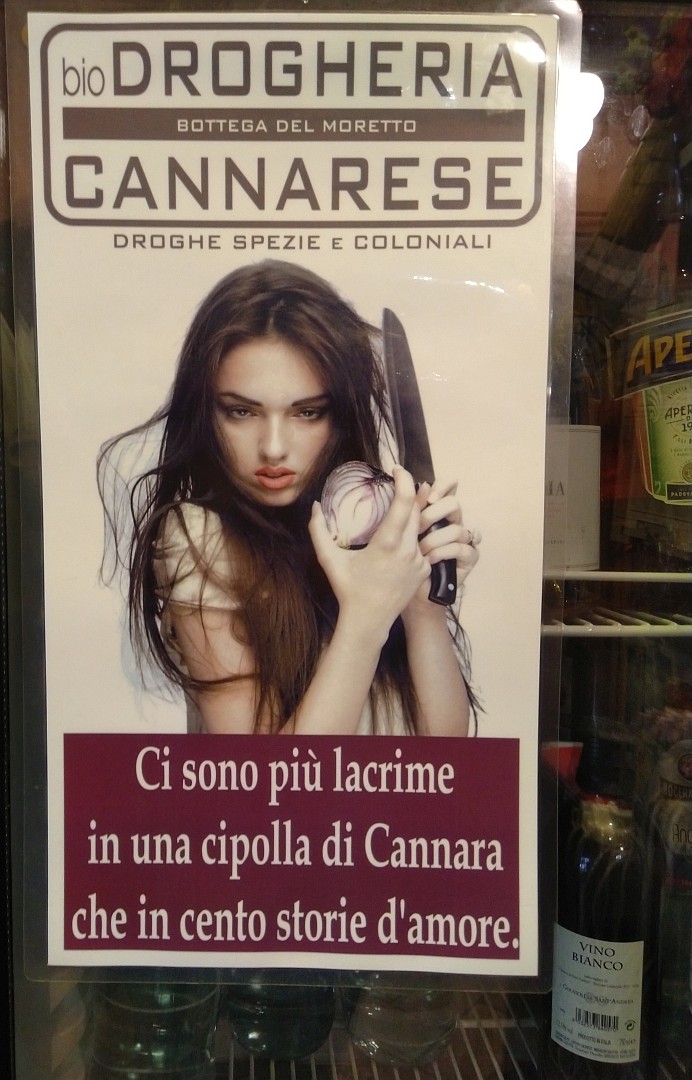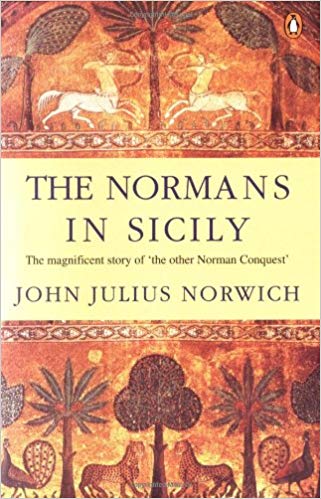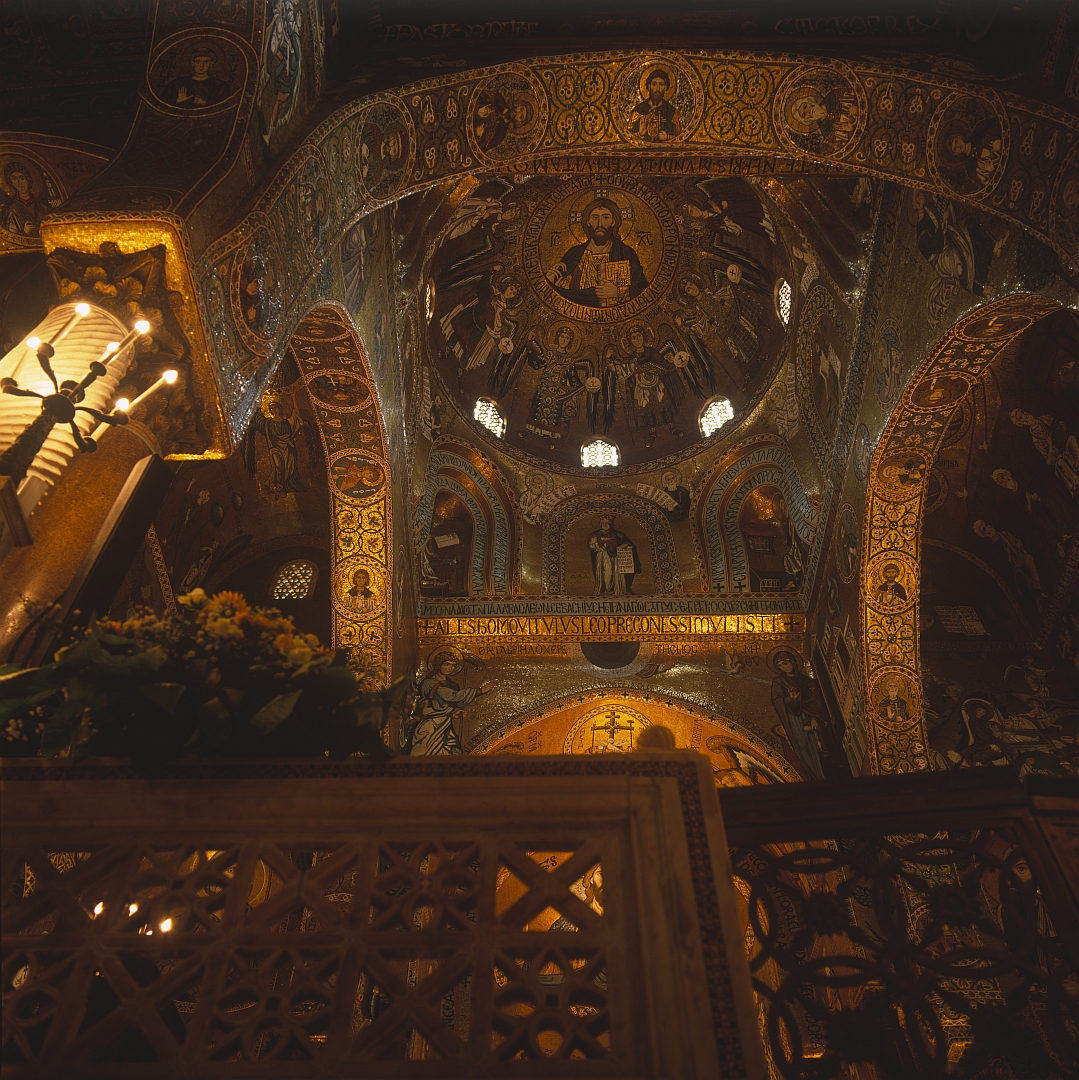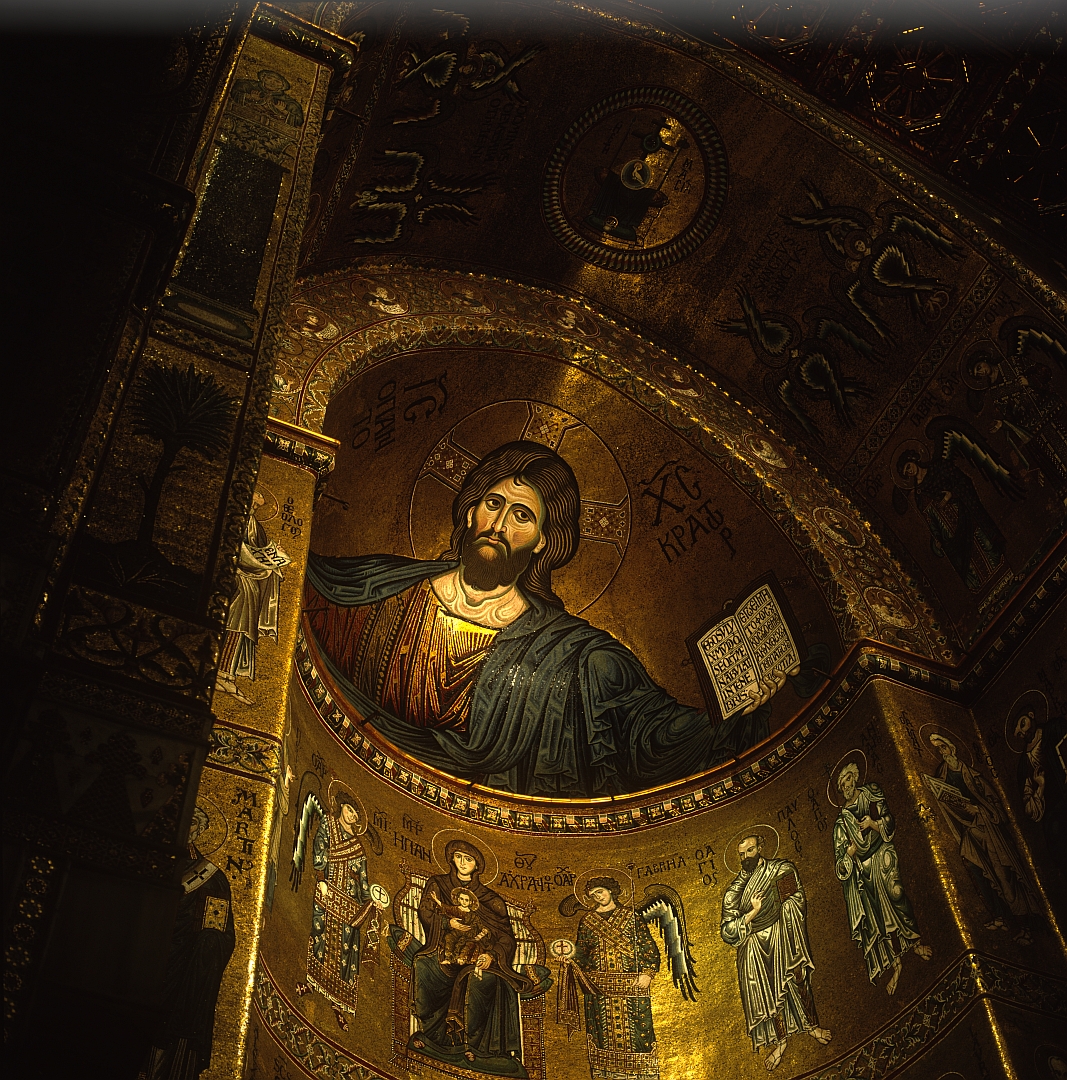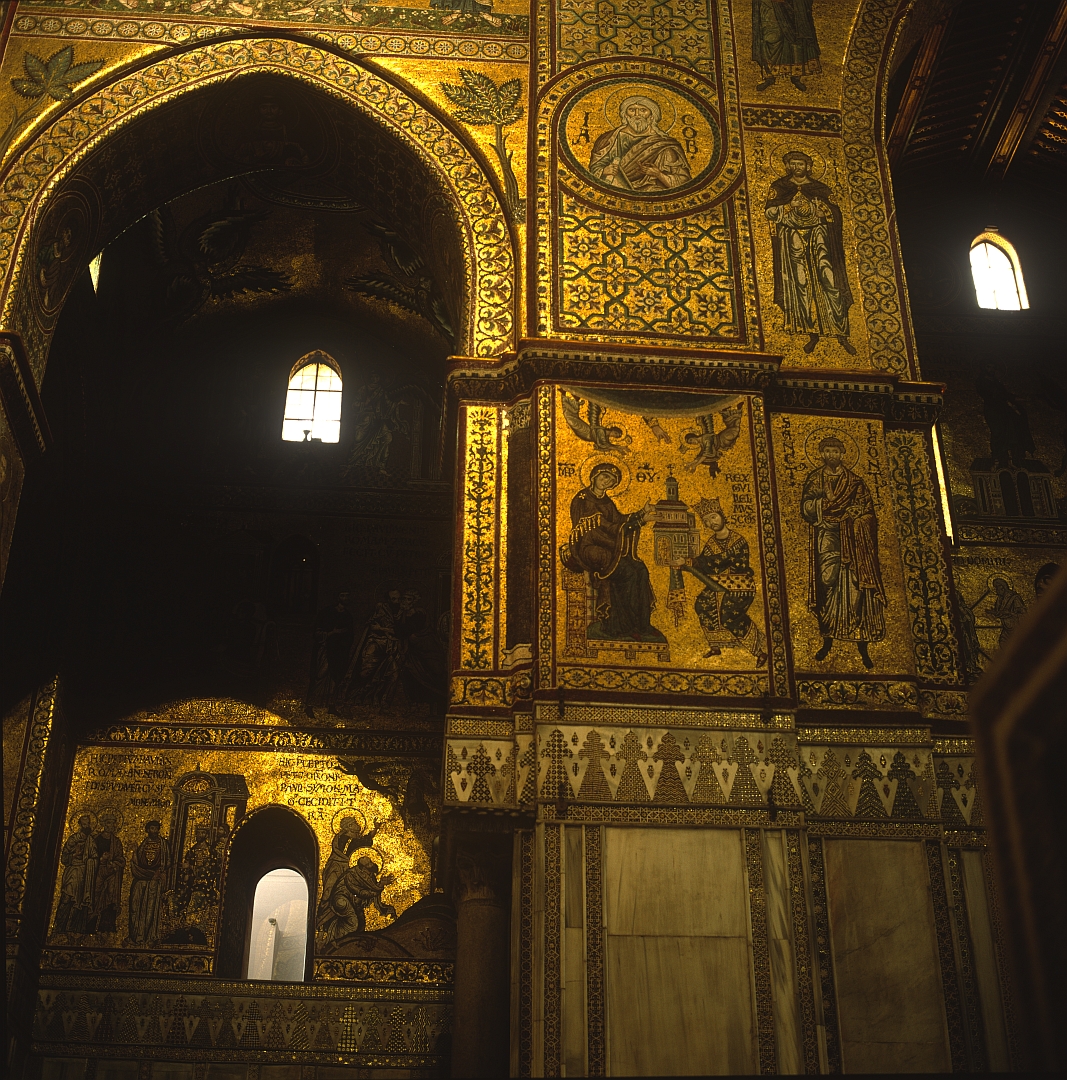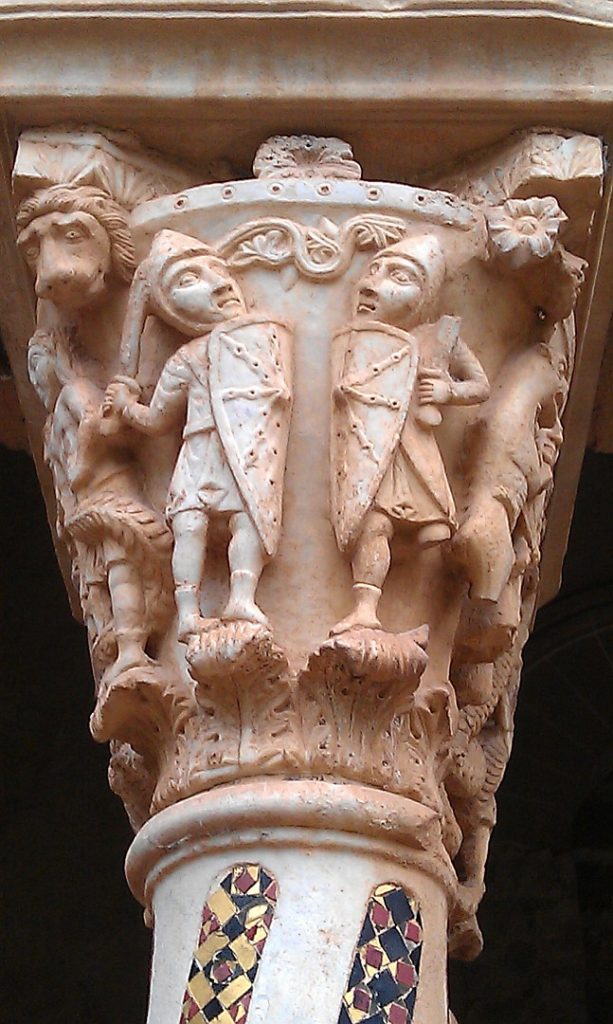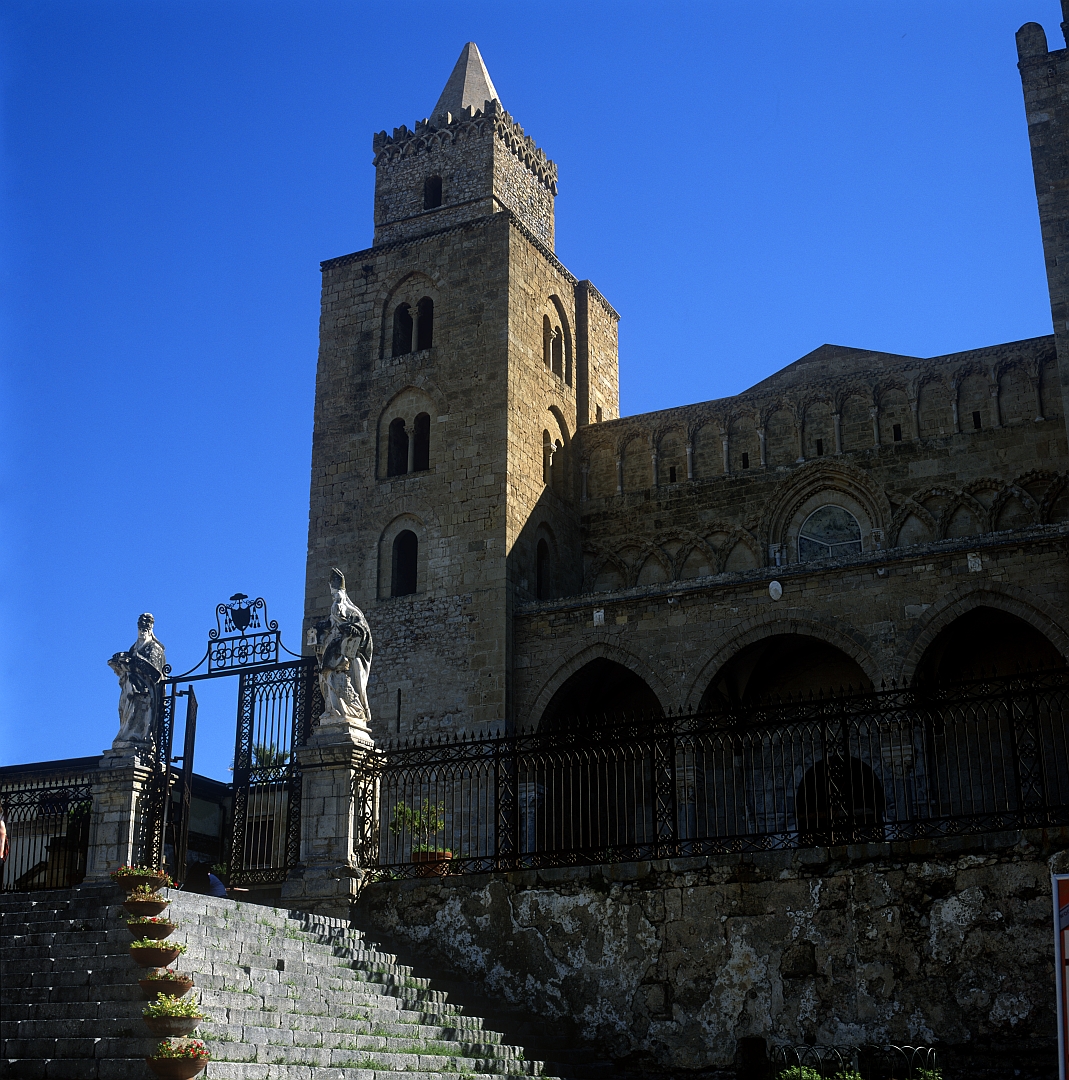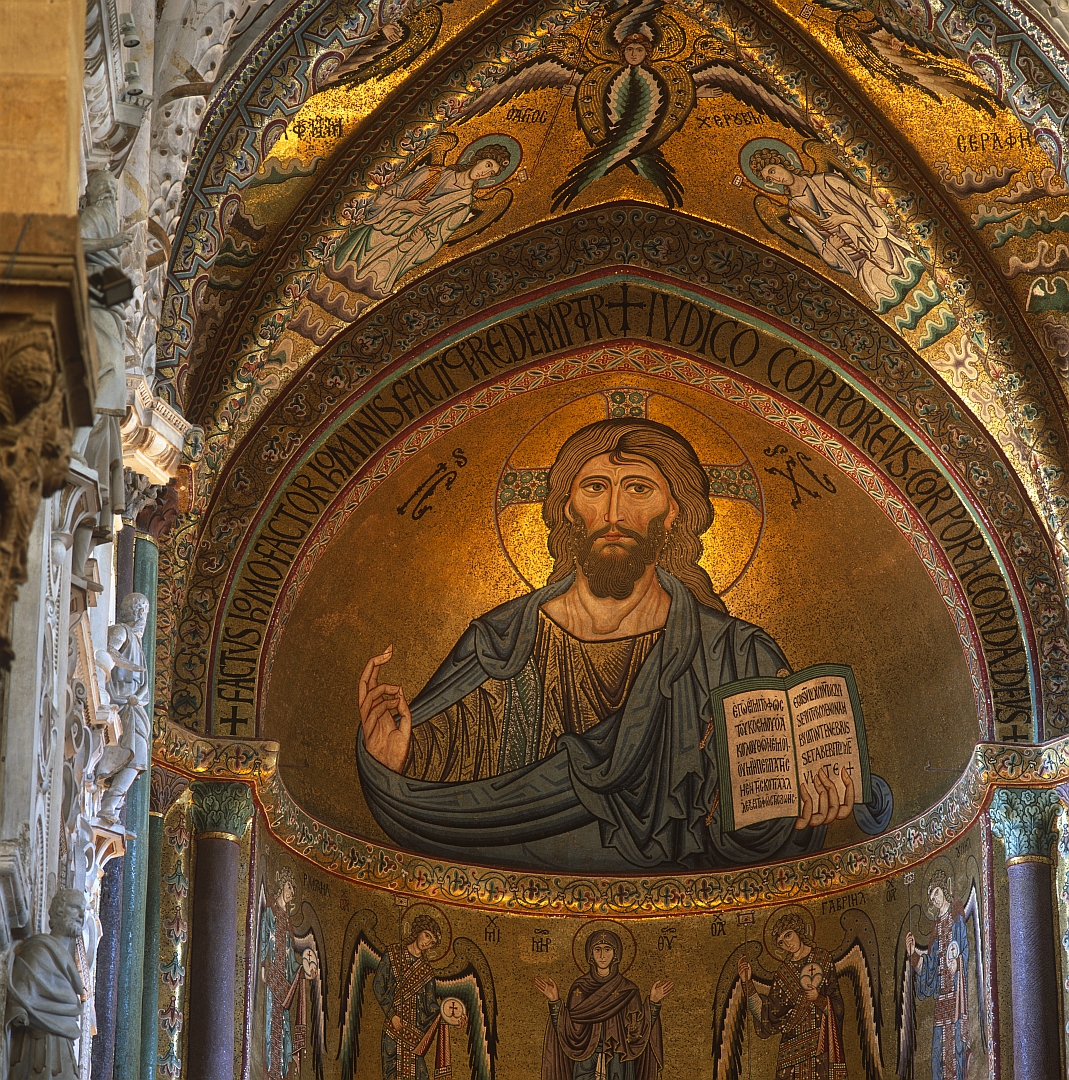Just over a year ago I posted this “History in Focus” article, about the large-format panoramic photograph I took at dawn one morning in early spring 2006, with the rising sun illuminating the mist in the valleys of the Val d’Orcia, and the history associated with the area. A crop from that photograph is the banner image for this blog.
It was quite a productive early morning shoot; not only did I have my Horseman 45FA large format camera with me, I also had a Hasselblad 500C/M medium-format camera and a Canon EOS-3 35mm SLR (I travel lighter these days; carrying a 25kg backpack onto an aircraft is harder to get away with, and harder on my back).
The aim of that post last year was to concentrate on a single photograph, which meant that several other fairly decent pictures did not get published. So here they are. If you haven’t read the original article, I recommend you take a quick look at it before proceeding.
I set up in the dark and waited for the sun to rise. When it did, at first the colours were soft, muted and pink-tinged, and the contrast was very low.
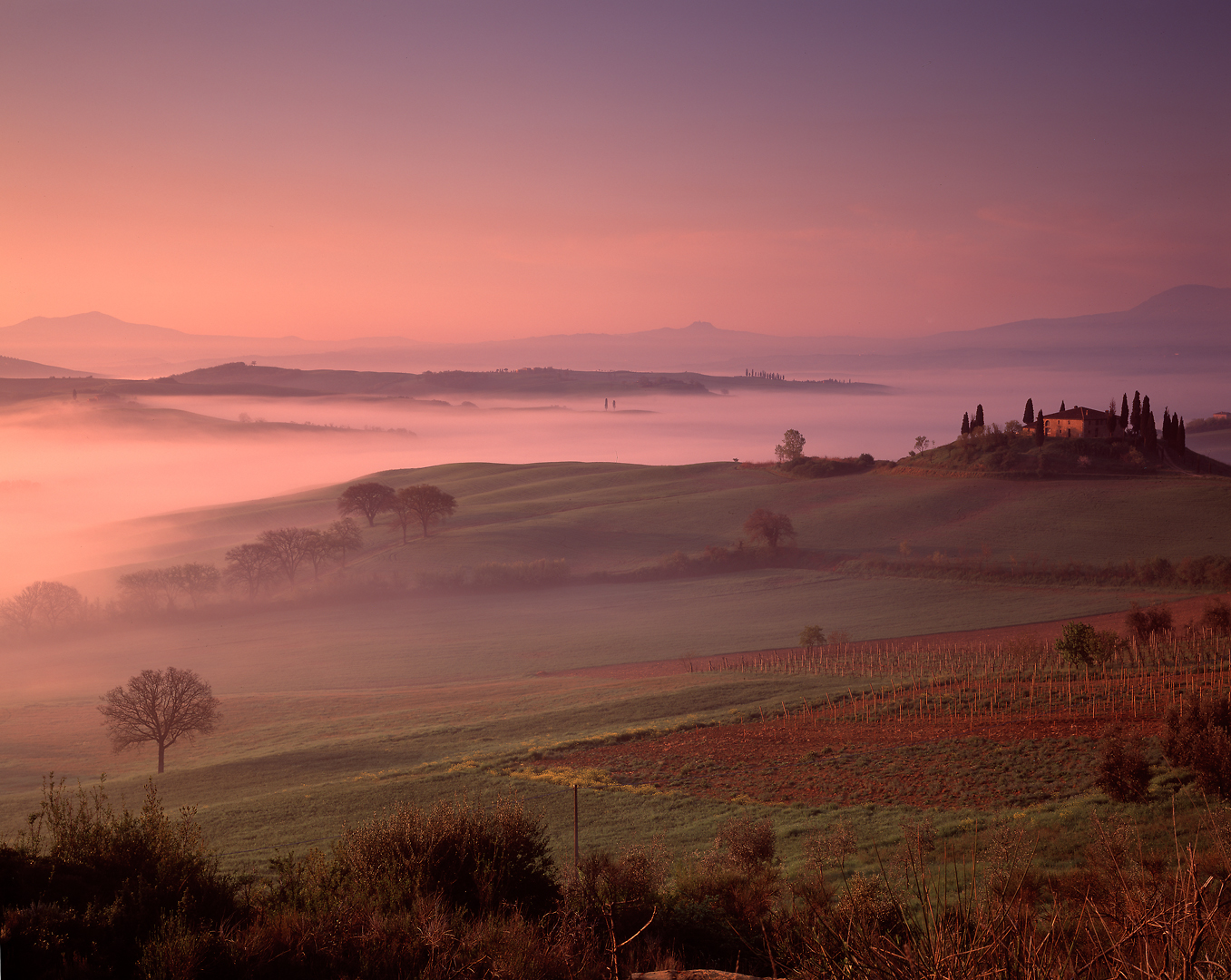
The picture above was taken in exactly the same position and in the same direction as the photograph in the original article, so showing the low contrast and pastel colours. The difference is that I used a 4×5 inch sheet film back rather than a 6x17cm panoramic rollfilm back. Interestingly, I am looking at this on a 15-inch laptop screen and the size of the image is only slightly greater than the original sheet-film transparency. That is why large format photography captures such an extraordinary amount of detail.
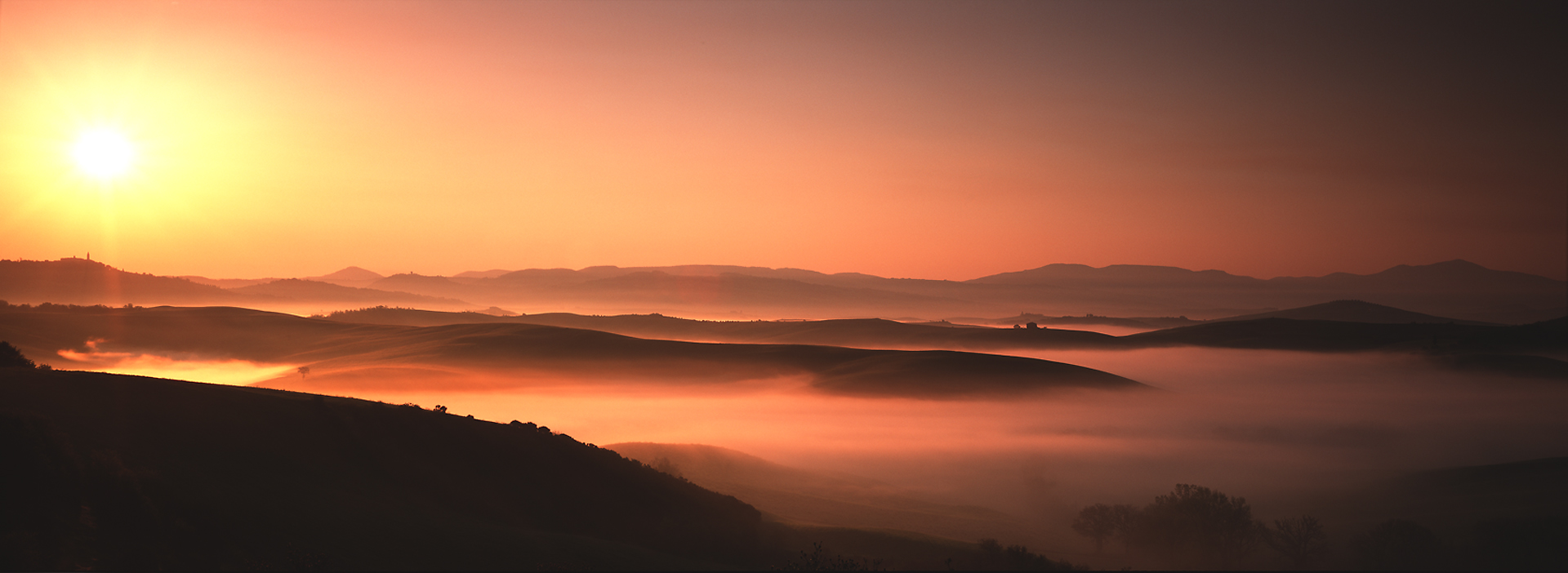
The photograph above was taken immediately after that shown in the original article. I simply rotated the camera on the tripod about 45 degrees to the left. Since the sun was now in shot I had to reduce the exposure time, and the shadow areas were much darker, and the contrast much greater. But it makes it quite dramatic. As with the photograph in the original article, I used a 2-stop neutral density graduated filter to balance the sky and the land, but no coloured filter. In the distance, right below the sun, you can make out the silhouette of the town of Pienza.
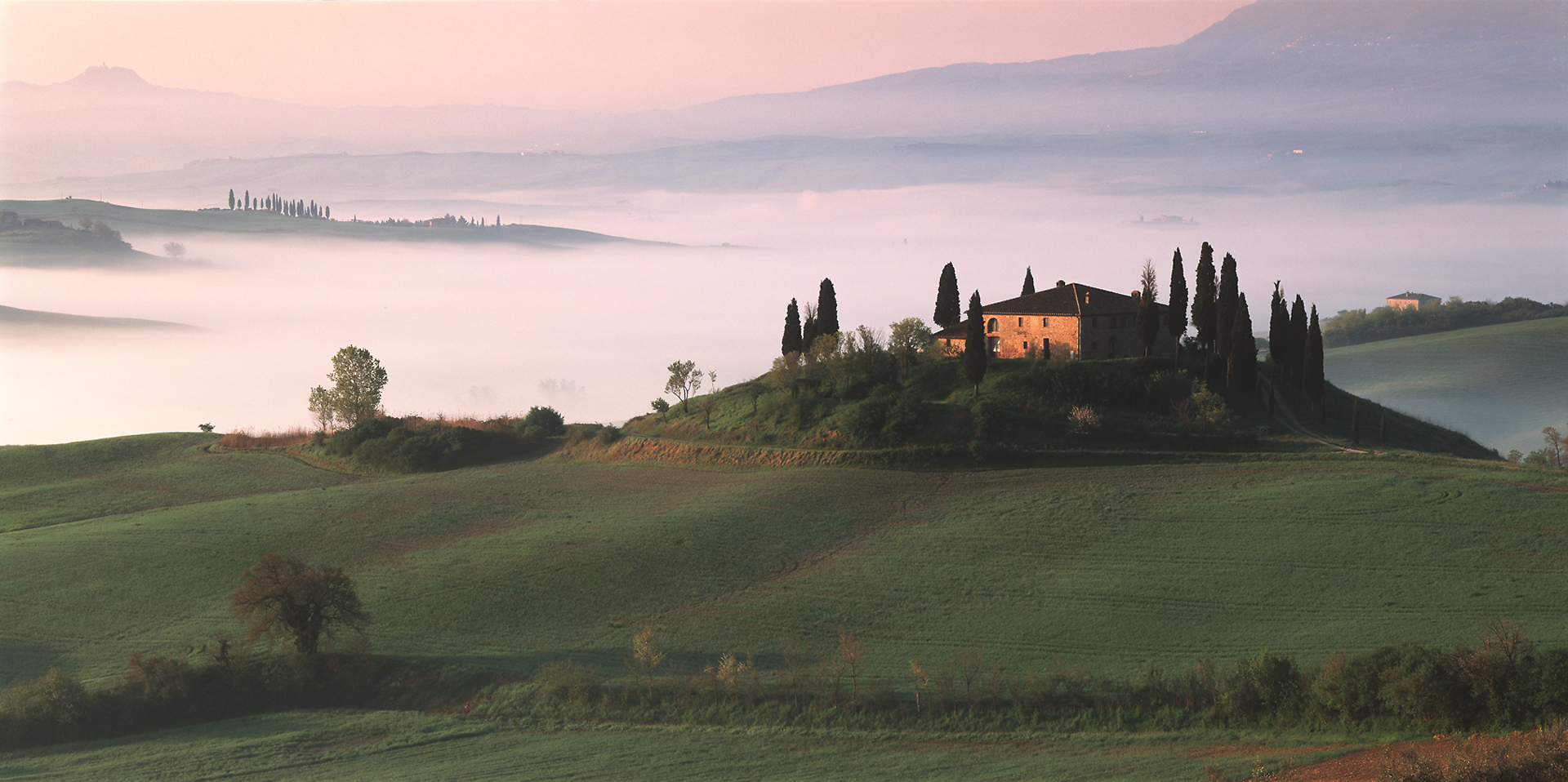
The photograph above was taken only a few minutes later, but in the time it took me to change the lens and film back, the sun had climbed a little way into the sky and the warm pink colours were fading. Photographers talk about the “golden hour” around dawn and sunset when the light is at its best, but the colours when the sun is only just above the horizon are very ephemeral. It is more like a “golden ten minutes”. For this photograph I changed from the slightly wider than standard 125mm lens to a slight telephoto 180mm. By the way, this is a very famous view: you see it in lots of calendars and advertisements.
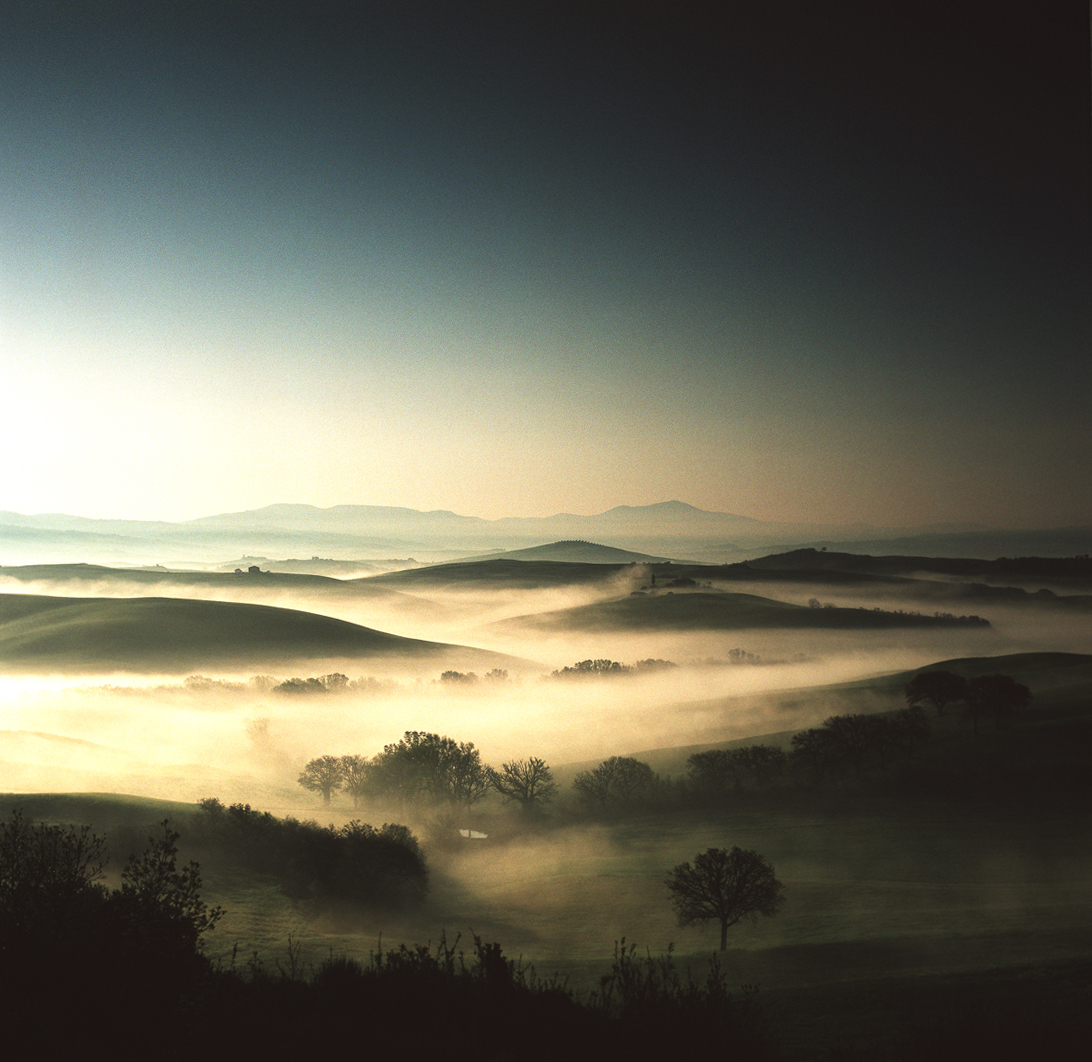
As the sun rose higher, the contrast in the scene increased, especially looking further round to the east where the mist was backlit by the sun. I switched to the Hasselblad. Using a telephoto lens foreshortened the perspective of the series of hills.
Then something unexpected happened: it started to get darker. Although it was a cloudless day the mist around me grew briefly thicker and partly blotted out the sun. The scene became almost monochrome. Since I already had my “classic” dawn light shots in the bag, I spent a few minutes with telephoto lenses on the medium format and 35mm cameras picking out interesting shots. In just the minute or two that it took me to take them, the mist thinned out again and it got lighter.
